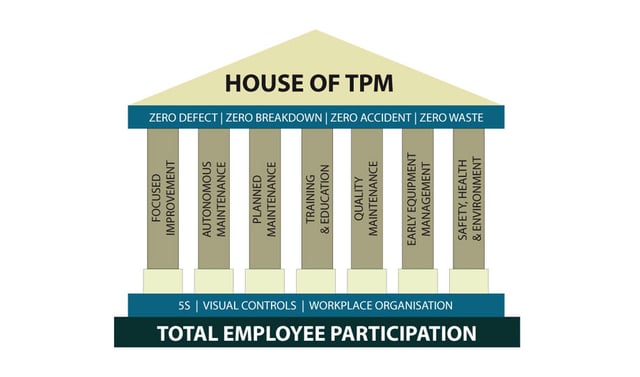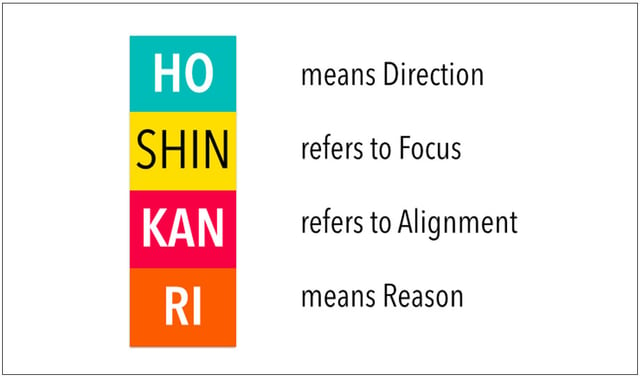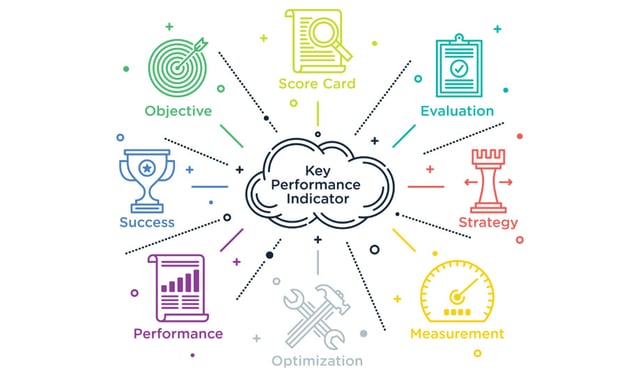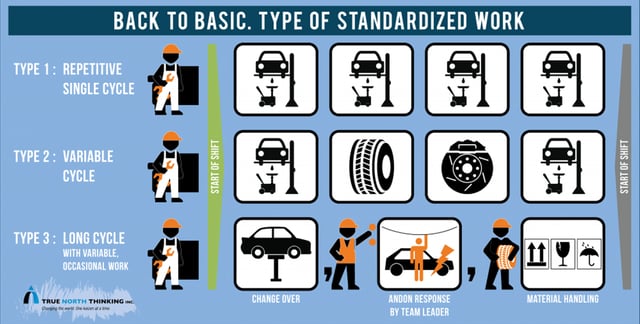Tel: 860-571-3602 | info@hartfordtechnologies.com


Medical manufacturing is somewhat unique in the number of requirements and regulations that must be followed. While absolutely necessary, these requirements can sometimes present challenges when it comes to maintaining an effective, efficient operation.
In order to overcome these challenges, businesses manufacturing medical devices can leverage lean manufacturing tools designed to improve efficiency, cut waste, and more. Outlined below is the complete list of the best lean manufacturing tools for use in the medical industry.

One-piece flow is the opposite of batch processing and instead dictates that products be sent through the manufacturing process one unit at a time. For example, in the production of complex medical devices, it may be beneficial to focus on one unit from start to finish in order to ensure no defects get through.
Learn More About One-Piece Flow

The 5s Method is a process of workplace organization that helps keep workplaces clean and organized. For workplaces in the medical industry, these standards are especially important, and the 5s Method can help ensure that they are always met.

Andon is a system that uses visual indicators such as different colored lights in order to signal an abnormality or signal that an action needs to be taken. For example, if there is a problem in an assembly line, an Andon light may be turned on. For medical manufacturers, Andon can help ensure that problems are quickly noticed and addressed.

Right First Time is a lean manufacturing tool that stresses manufacturing processes should be done right the first time. It is useful for eliminating waste, reducing defects, and improving efficiency, especially if you are manufacturing complex devices such as many medical devices are.
Learn More About Right First Time

Total Productive Maintenance (TPM) is a process that emphasizes effective equipment maintenance, aiming to eliminate any breakdowns, small stops, slow running, and defects. Medical manufacturers that implement TPM will increase focus on keeping their equipment running perfectly in order to reduce issues in the manufacturing process.

Takt Time seeks to eliminate overproduction by calculating the maximum amount of time that needs to pass between each unit being produced in order to meet customer demand. For example, if consumers demand 100 medical devices every eight hours and an operation has eight hours available in a day minus one hour in breaks, Takt Time would dictate that the operation needs to be producing a unit every 4.2 minutes.

Hoshin Kanri is a planning process designed to help manufacturers meet their key goals. For medical manufacturers, it can be used to develop a long-term vision, implement objectives, identify areas for improvement, and more.

Key Performance Indicators (KPIs) serve as metrics that can be used to assess manufacturing effectiveness and efficiency. Specific KPIs that can be put to use by medical manufacturers include reject ratio, speed, downtime, Takt time, and count.

Cellular manufacturing dictates that products be produced from start to finish in a single area or cell. For example, if a medical device needs to be assembled, cellular manufacturing suggests that all the steps in its assembly take place in one area in order to improve transparency and boost efficiency.
Learn More About Cellular Manufacting

Standardized work is a process of continuous improvement that dictates new standards constantly be set as the process is improved. For example, if a manufacturer improves their process so that they are now able to produce 100 units a day instead of 75 units, 100 units a day would become the new standard to meet.
For manufacturers in the medical industry, lean manufacturing tools such as those outlined above offer a lot of value, especially when these tools are accompanied by high-quality components designed to work in tandem with the principles of lean manufacturing.
If you would like to learn more about any of the parts and components we offer at Hartford Technologies and how they can be integrated into a lean manufacturing process, we invite you to contact us today.